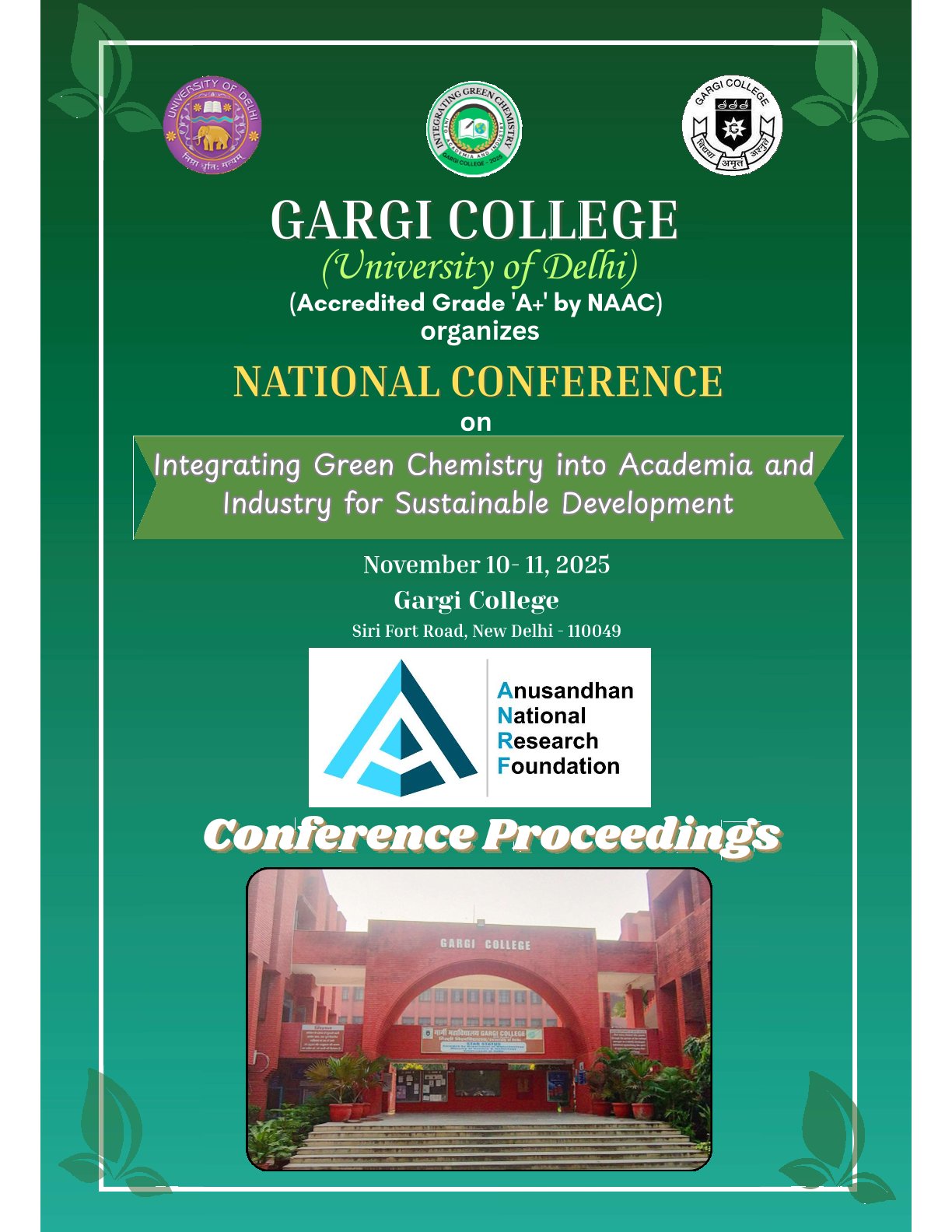Click Chemistry: Sustainable Approach to Strategic Bonding
DOI:
https://doi.org/10.70130/Abstract
This presentation aims to explore how click chemistry captures the essence of green chemistry in reactions that bring together precision, modularity, and environmental sustainability. The discussion takes copper(I)-catalyzed azide–alkyne cycloaddition (CuAAC) and its copper-free equivalent (SPAAC) as central examples. The reactions are explored against the twelve principles of green chemistry, with a special focus on atom economy, reaction efficiency, and reduction of toxic reagents and solvents. Evidence from literature and recent applications in drug design and materials science are used to illustrate the sustainability metrics of such click processes.
Click chemistry is highly selective, quantitative in yield, and tolerant of functional groups under mild aqueous conditions. The absence of heavy-metal catalysts in SPAAC enhances biocompatibility and reduces the volume of purification waste. Collectively, these traits reduce environmental impact while increasing synthetic reliability.
Click chemistry represents a convergence of innovation and sustainability in the form of a reproducible and scalable system for green synthesis. Its adaptability across disciplines like biological, material science, and environmental domains highlights how molecular precision can align with ecological, ethical and economic priorities in modern chemical practice.
Published
Conference Proceedings Volume
Section
Categories
License
Copyright (c) 2025 RSYN Proceedings

This work is licensed under a Creative Commons Attribution-NonCommercial-NoDerivatives 4.0 International License.







